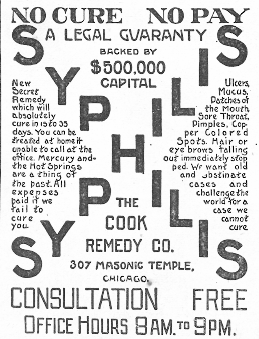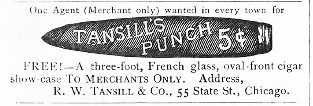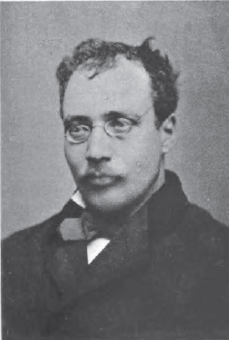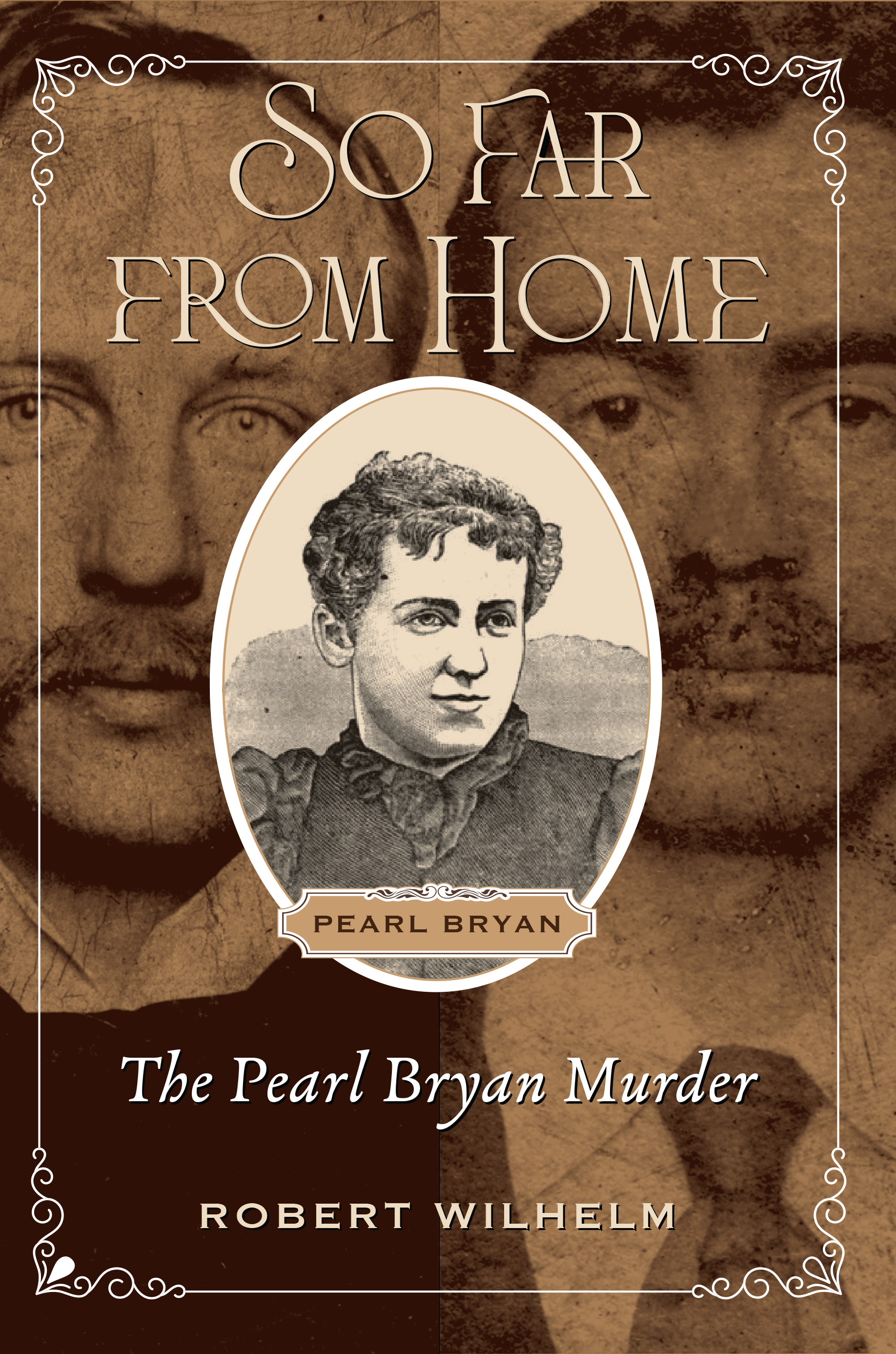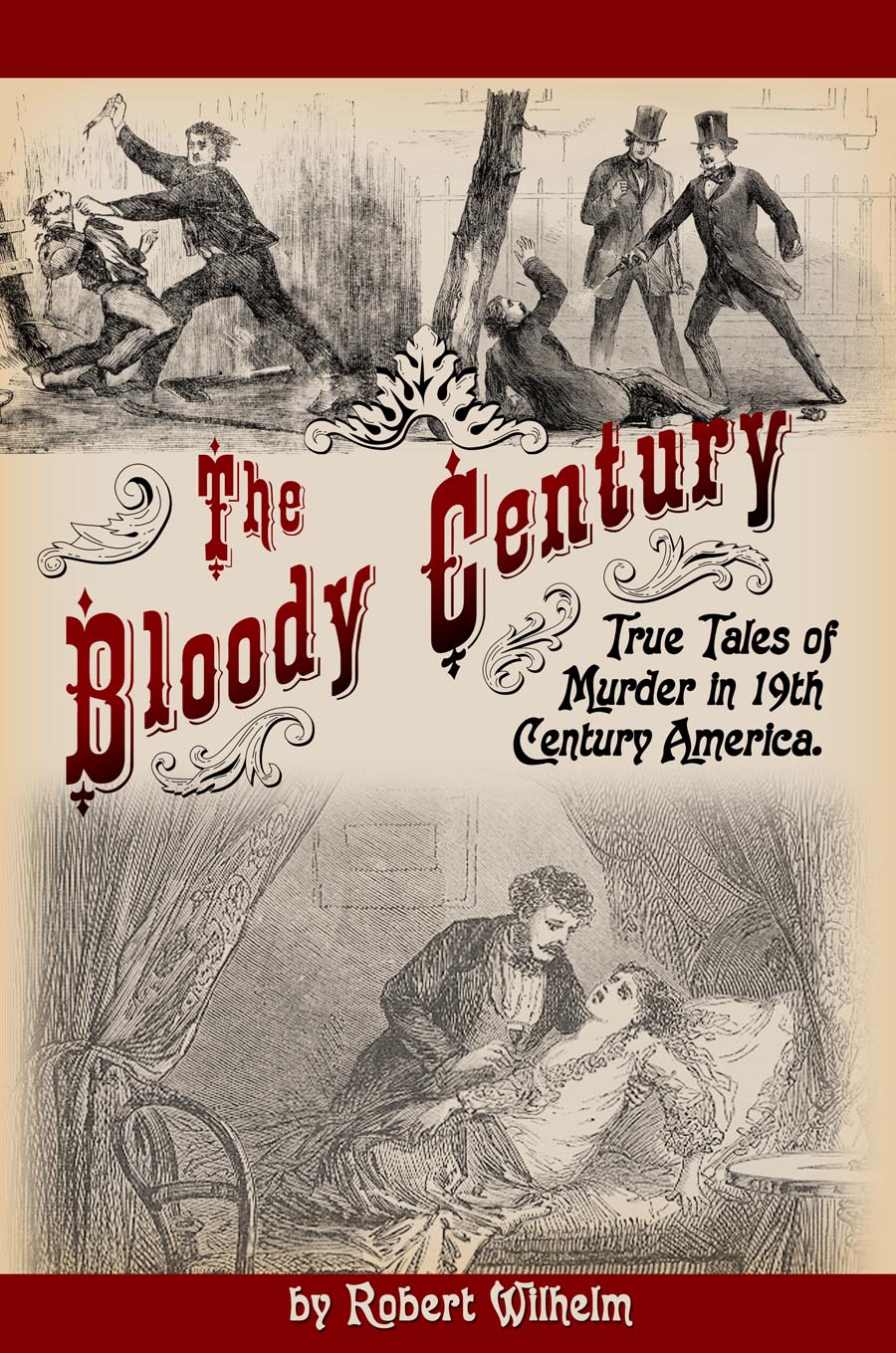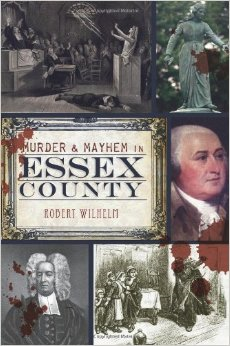
The Sawdust Game
The "sawdust game," was a confidence scam that only swindled those who deserved to be swindled.
January 10, 2012

alias: HOGGIE REAL, JOE STEIN
BURGLAR, HOUSE SNEAK
Via Newspapers.comThis curious little tale of a haunted park appeared in the “Atlanta Georgian,” May 25, 1912:So many witches and ghosts flit and moan about and generally haunt Springvale park that T.L. Bond, of the Atlanta park commission, has today seriously advised his colleagues to drain the lake, plow up that stretch of land and sow it with salt to drive away the evil spirits, while W.L.
More...
Strange Company - 4/24/2024
Included in yesterday’s trip to Fall River was a stop at Miss Lizzie’s Coffee shop and a visit to the cellar to see the scene of the tragic demise of the second Mrs. Lawdwick Borden and two of the three little children in 1848. I have been writing about this sad tale since 2010 and had made a previous trip to the cellar some years ago but was unable to get to the spot where the incident occured to get a clear photograph. The tale of Eliza Borden is a very sad, but not uncommon story of post partum depression with a heartrending end. You feel this as you stand in the dark space behind the chimney where Eliza ended her life with a straight razor after dropping 6 month old Holder and his 3 year old sister Eliza Ann into the cellar cistern. Over the years I have found other similar cases, often involving wells and cisterns, and drownings of children followed by suicides of the mothers. These photos show the chimney, cistern pipe, back wall, dirt and brick floor, original floorboards forming the cellar ceiling and what appears to be an original door. To be in the place where this happened is a sobering experience. My thanks to Joe Pereira for allowing us to see and record the place where this sad occurrence unfolded in 1848. R.I.P. Holder, Eliza and Eliza Ann Borden. Visit our Articles section above for more on this story. The coffee shop has won its suit to retain its name and has plans to expand into the shop next door and extend its menu in the near future.
More...
Lizzie Borden: Warps and Wefts - 2/12/2024
Imagine being a first-time guest to one of Alice and Cornelius Vanderbilt’s Gilded Age balls or dinner parties, held at their spectacular new mansion on Fifth Avenue and 57th Street. As you pass through the front doors of the house, completed in 1883, you’re received in view of this stunning ornate mantelpiece. At the time, […]
More...
Ephemeral New York - 4/22/2024
An article I recently wrote for the British online magazine, New Politic, is now available online. The article, “The Criminal Origins of the United States of America,†is about British convict transportation to America, which took place between the years 1718 and 1775, and is the subject of my book, Bound with an Iron Chain: […]
More...
Early American Crime - 12/17/2021
The marriage of Charles and Eva Herman had been on the rocks for several years. Their loud and violent fights were so common that neighbors took little notice of their shouting row on November 1, 1885. A few days later, they found Eva lying on the floor with her throat cut from ear to ear. After a night in jail, Charles confessed to the murder. I thought his wife was unfaithful, and he killed her
More...
Murder By Gaslight - 4/20/2024
CHIEF OF CONSThe Morning Times(Cripple Creek, Colorado)February 15, 1896Courtesy of Mitch Morrissey
ig Ed Burns robs a dying man?
Mitch Morrissey, a Facebook friend and historian for the Denver District Attorney’s Office, found and published an interesting newspaper piece on "Big Ed" Burns, one of the most notorious characters in the West. Burns was a confidence man and
More...
Soapy Smith's Soap Box - 4/2/2024
Youth With Executioner by Nuremberg native Albrecht Dürer … although it’s dated to 1493, which was during a period of several years when Dürer worked abroad. November 13 [1617]. Burnt alive here a miller of Manberna, who however was lately … Continue reading
More...



